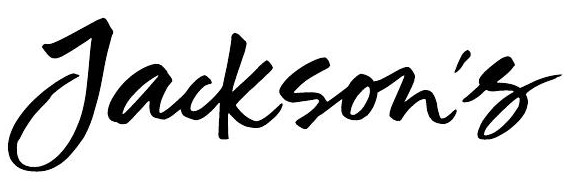Rococo Techniques for Painting and Drawing
In this article, I explore the techniques of the Rococo painters by examining the stylistic choices in their idyllic works. Through the patronage of the French aristocracy, artists like Watteau, Boucher, Fragonard, and Vigée le Brun formed the flamboyant imagery that we know Rococo for today. Then I demonstrate how to create your own Rococo works in painting and drawing media. Articles in the Techniques Series define the meaning and context of art making processes and give practical tutorials on how to work with them. Rococo Techniques for Painting and Drawing Definition: Rococo describes the opulent ornamental style of late Baroque art and architecture popularised by the French aristocracy. The word originates from the French for rock or broken shell – ‘rocaille’, referring to artificial shell-covered grottos. In fine art, it appears as a distinctive collection of overwhelmingly sweet aesthetic choices – from pastel blues and pinks to floral flourishes, theatrical costuming, powdery skin, and flirtatious gatherings. What is the Effect of Rococo? Rococo didn’t just populate the paintings of its time, but flooded whole rooms, furnishings, and ceilings with swirling patterning. It’s a movement of loud luxury, communicating the wealth and status of those with the …
The post Rococo Techniques for Painting and Drawing appeared first on Jackson’s Art Blog.










